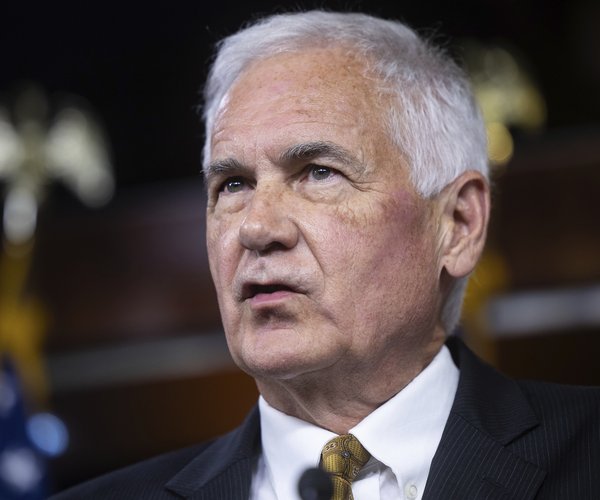John Carney is a 31-year-old pursuing a master’s degree in fine arts at the University of Maine.
His spouse Christine Carney, 29, is working on her second undergraduate degree in the field of zoology.
The two of them have more than $140,000 in student debt.
They are upset their debt load prevents them from securing loans to expand their start-up business dubbed Thick & Thin Designs. They make food picks in the shape of zombies, deer antlers, and bikers that sell for $12 a dozen as cupcake toppers.
The couple told the Wall Street Journal their student loan debt is “preventing (them) from being able to take a lot of chances or risks that are usually necessary when starting a business.”
Perhaps taking a loan out to pursue a second degree in the highly marketable discipline of zoology wasn’t a wise choice. And perhaps a master’s degree in fine arts isn’t something one needs to create zombie toothpicks.
Bill Gates and Steve Jobs, by the way, didn’t need college degrees to become entrepreneurs.
Jack Solway in 2012 devised an online service to bring employers and freelancers together. But Solway said he had to give up on it earlier this year because of a $40,000 student debt load he accumulated while securing a political science degree from the University of Colorado. The student loans require monthly payments of $400.
He gave up because he said he needs a regular paycheck to pay for his student debt. He told the Wall Street Journal his student debt obligations are keeping him from becoming a “serial entrepreneur.”
Obviously the political science degree comes in handy while pursuing start-up online businesses.
One would hope such stories are rare instead of being the rule.
People have a nasty habit of taking on student debt to pursue degrees that aren’t marketable. Then they think it is unfair because the debt they took on to essentially broaden their personal horizons beyond making themselves employable is preventing them from doing what they want to do.
Loan debt is now averaging $40,000 by the time a student graduates. That’s almost twice the level in 2003. Those who secure graduate or professional degrees average $55,000 in debt by the time they are through with college.
Going to college to find one’s self is an expensive proposition.
Such examples and statistics are why some contend we have a student loan debt crisis.
The real crisis isn’t student loan debt. It’s the myopic lemming-style message drummed into students’ heads repeatedly that they have to go to a four-year college or they can’t get a job, make a lot of money, or find personal fulfillment.
Very few people go to college to save the world. They might say that’s the case but it’s either because they don’t know what they are going to do, can’t find a job or else they want to make more money.
And even those who have a goal often find out that the four to six years they spent pursuing a degree to open a door for a specific vocation is something that they don’t end up liking when they end landing a job in that discipline. That’s why some type of six-month intern program to see whether someone would like an ultimate profession would be much more cost effective before they spend four years and tons of money pursing a specific degree.
By pushing more and more students on to the four-year college route, it also drives up the price.
Unlike the manufacture of goods that go down when there are more buyers, education does the opposite.
Growing demand even through the lean times of the Great Recession provided no incentive to rethink how degrees are secured or how to reduce costs. The number of customers either stays steady or grows and while able to access is given to bigger piles of debt to get a degree.
The amount of money available per student for loans has played a key role in runaway higher education costs. That in turn requires bigger student loans. It is a self-fulfilling madness.
Making it all the more disconcerting is the crisis is of the federal government’s making. Private sector sources of money resist making bigger loans to students if it there are concerns whether they could be repaid. That’s not the case with Uncle Sam.
And instead of being administered through the Department of Treasury, the loans are made through the Department of Education.
You may wonder why that is a big deal. At least the Treasury doesn’t have a direct conflict, although the agency isn’t exactly known as spendthrifts since they pay $1,800 a night for Las Vegas hotel suites for IRS brass.
The Department of Education has no incentive to put pressure on colleges and universities to keep costs down.
And as long as there is a steady stream of students made possible by larger and larger loans for degrees there is no incentive for higher education to find ways to be more cost efficient in educating students.
This column is the opinion of Dennis Wyatt and does not necessarily represent the opinion of The Journal or Morris Newspaper Corp. of CA. He can be contacted at dwyatt@mantecabulletin.com or 209-249-3519.






